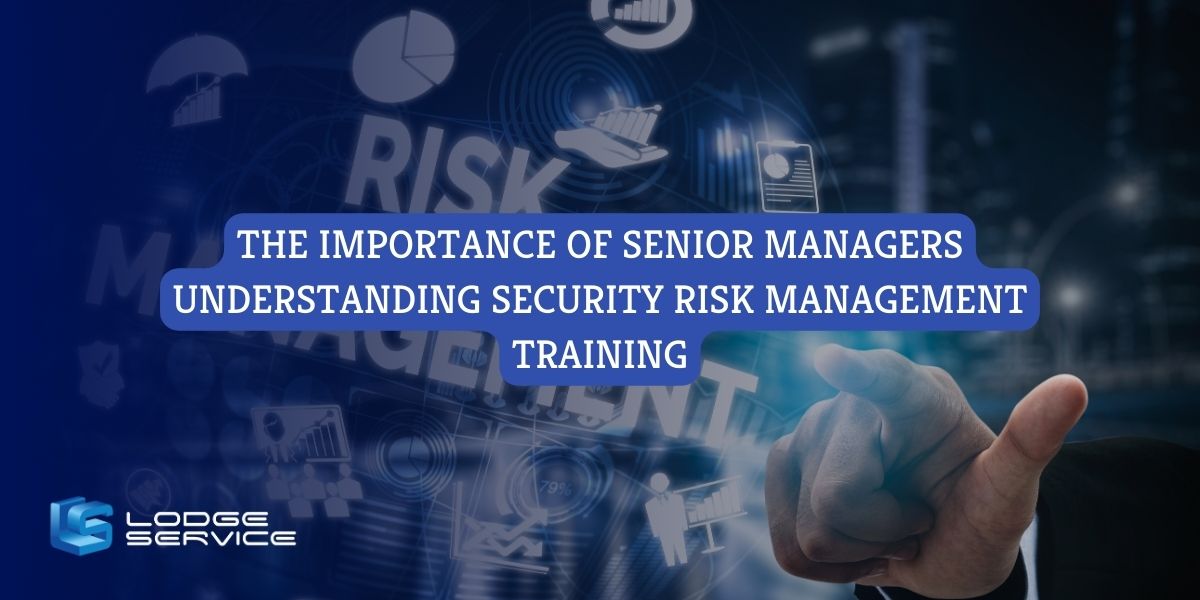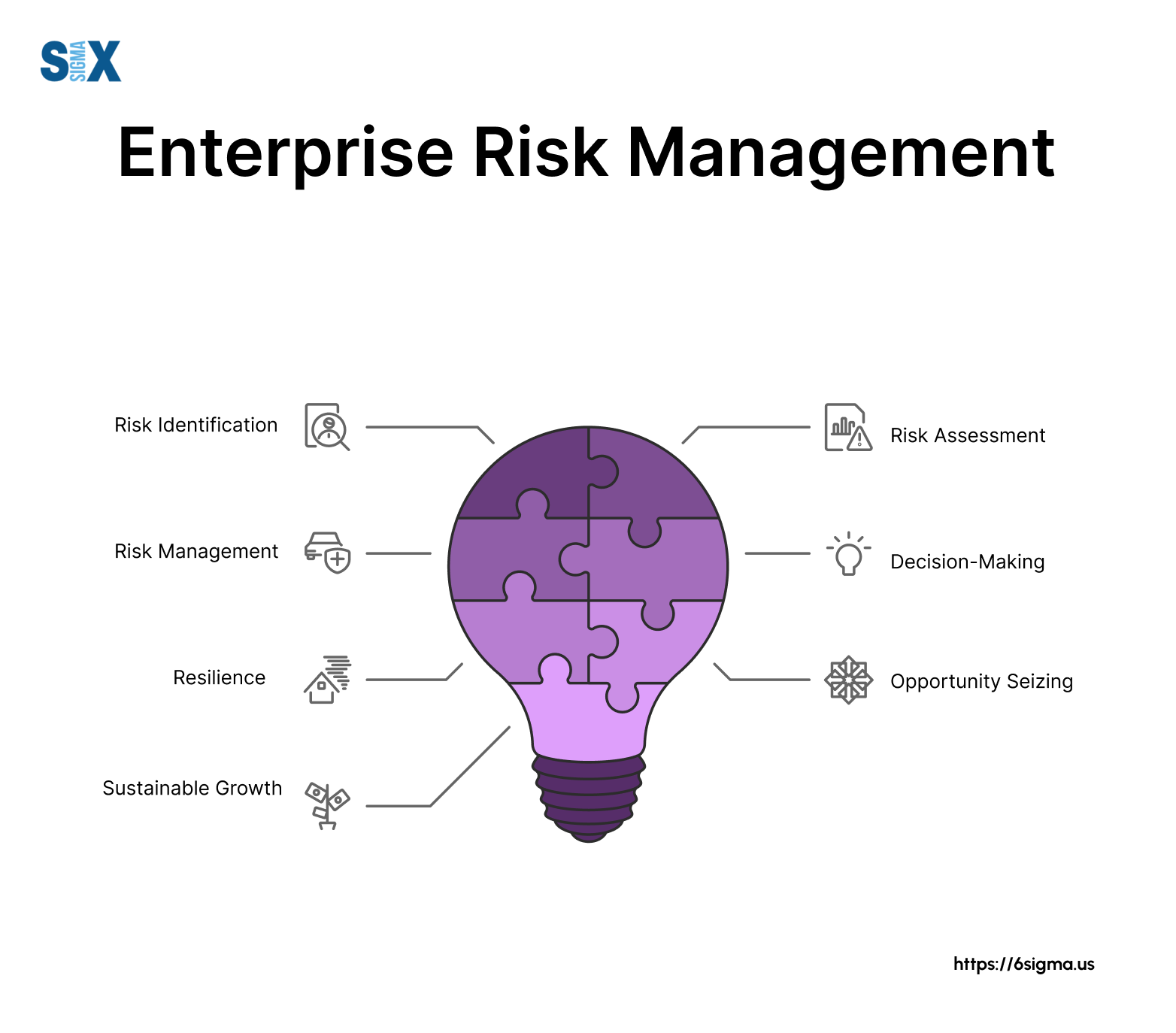How the Importance of Risk Management Shapes Strong Leadership
How the Importance of Risk Management Shapes Strong Leadership
Blog Article
The Critical Significance of Risk Management in Achieving Business Goals
In the rapidly developing company landscape, the capability to navigate unpredictability has come to be an essential. This is where Risk Management steps in, offering a structured technique to determining, analyzing, and mitigating possible obstacles to advance. It's greater than just a safety measure - it's a tactical device, fostering durability and advancement. As we discover the critical function of Risk Management in attaining organizational goals, one can not wonder but assist: exactly how does this convert into real-world success?
Comprehending the Idea of Risk Management in Service

The Important Role of Risk Management in Strategic Preparation
Integrating Risk Management right into strategic planning functions as a guard for companies, securing their long-lasting strategies with a strong foundation of preparedness and strength. It operates as the organization's radar, detecting potential risks and susceptabilities that might interrupt the path towards achieving their mentioned purposes. Risk Management supplies a structure for preparing for uncertainties and developing appropriate feedbacks, making certain the organization's survival and prosperity even when faced with adversity. By including Risk Management into critical planning, companies can transform these uncertainties into chances for growth and technology. This critical interweaving of Risk Management promotes flexibility, making organizations more durable and enabling them to browse the ever-changing service landscape confidently. Subsequently, Risk Management ends up being an essential tool in tactical planning, critical in securing sustainable success.

Methods for Identifying, Assessing, and Focusing On Risks
Navigating the complicated landscape of threats calls for the application of details strategies for their identification, prioritization, and evaluation. The procedure starts with Risk recognition, employing tools such as SWOT evaluation, which helps in determining prospective risks and opportunities. Next off, Risk analysis is performed to determine the possible influence and chance of each Risk. Tools such as Risk matrices and impact-probability graphes Check This Out are used for this. Risks are prioritized based on their prospective effect and chance, permitting companies to concentrate their resources on high-priority risks. This systematic technique makes sure an extensive understanding of the Risk landscape, enabling organizations to make enlightened choices and properly manage dangers to attain their objectives - importance of risk management.
Guarding Organizational Operations Through Effective Risk Management
In the company landscape stuffed with unpredictabilities, reliable Risk Management plays an essential role in protecting business operations. By determining and analyzing potential hazards, Risk Management makes it possible for companies to establish robust contingency plans. Companies should spend in comprehensive Risk Management techniques to guard their operations.
Transforming Potential Dangers to Opportunities: The Power of Risk Management
A proactive strategy to take the chance of Management includes determining, assessing, and focusing on threats to devise techniques that turn them into prospective benefits. Therefore, by leveraging the power of Risk Management, organizations can not just protect their operations but likewise stimulate growth and attain their goals in an unforeseeable company environment.
Case Studies: Success Stories of Risk Management Driving Service Objectives
Successful implementation of Risk Management strategies has generated impressive cause different services, highlighting the values of this method. International firms like Microsoft and Google, for instance, have leveraged Risk Management to minimize threats and exploit opportunities, driving their organization objectives ahead. Microsoft's positive Risk Management strategy aided it pivot promptly throughout the 2020 pandemic, transitioning to remote work efficiently, therefore preserving productivity. Google, by examining and reducing possible threats in its cloud-based solutions, has actually guaranteed undisturbed solution, consequently strengthening customer depend on. These examples highlight just how successful Risk Management can not only steer businesses clear of potential challenges yet additionally lead them towards their tactical goals. Hence, Risk Management is important to the search of organizational objectives.
Final thought
Finally, Risk Management is fundamentally vital in accomplishing organizational goals. It offers a methodical approach to determining, analyzing, and attending these details to possible dangers and opportunities. More than simply mitigating threats, it additionally promotes advancement, durability, and lasting growth. By incorporating Risk Management into tactical preparation, organizations can better browse uncertainties, safeguard procedures, and capitalise on chances, thus lining up with long-term purposes.
At its core, Risk Management is the procedure of recognizing, analyzing, and dealing with prospective dangers that could adversely influence an organization's objectives or procedures. Next, Risk here assessment is carried out to establish the potential impact and likelihood of each Risk. Dangers are prioritized based on their possible influence and probability, permitting companies to concentrate their sources on critical dangers. By recognizing and evaluating potential threats, Risk Management makes it possible for organizations to establish durable contingency strategies. An aggressive approach to run the risk of Management entails identifying, assessing, and prioritizing threats to develop strategies that transform them right into potential advantages.
Report this page